
BE THE FIRST TO KNOW
Subscribe to the Porto eCommerce newsletter to receive timely updates from your favorite products.
Carpets add warmth, comfort, and a cozy feel to your home but without the right care, they can quickly lose their charm. If you’ve just installed new flooring or are trying to bring life back to older carpet, it helps to know the basics of keeping it in good shape.

Our guide will cover simple carpet cleaning and maintenance tips and strategies to help you take care of your floors day-to-day and overtime. From cleaning carpet care routine to deeper refreshes, these practical steps will help your carpet stay cleaner, look better, and last longer—all while making your home feel more inviting and healthier.
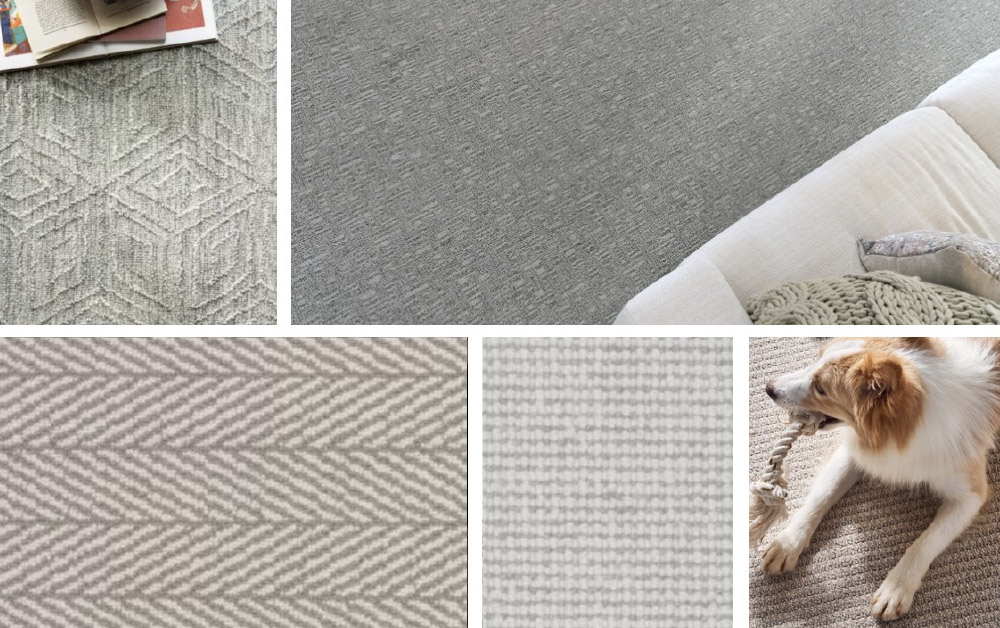
Different carpet types require specific care approaches to maintain their appearance and durability. Before implementing any cleaning method, it's important to identify what type of carpet you have in your home. Carpet fibers can range from natural materials like wool to synthetic options such as nylon, polyester, or triexta. Each carpet type has unique properties that influence how it should be cleaned and maintained.
The right carpet for your home should balance aesthetics with practicality, especially considering the varying levels of foot traffic in different areas. Dense, tightly woven carpets are typically more durable and easier to maintain in high-traffic areas, while plush, softer options might be better suited for bedrooms or formal living spaces.
Understanding your carpet type will help you select the proper carpet cleaning products and techniques that won't risk damaging the carpet fibers or affecting the color.

Vacuuming is the easiest and most effective way to keep your floors looking fresh. It clears out dirt and dust before they get buried deep in the fibers, where they’re harder to remove.
Focus on the areas that get the most foot traffic—like entryways, hallways, and around furniture. Aim to vacuum those spots two to three times a week. For low-traffic rooms, once a week is usually enough.
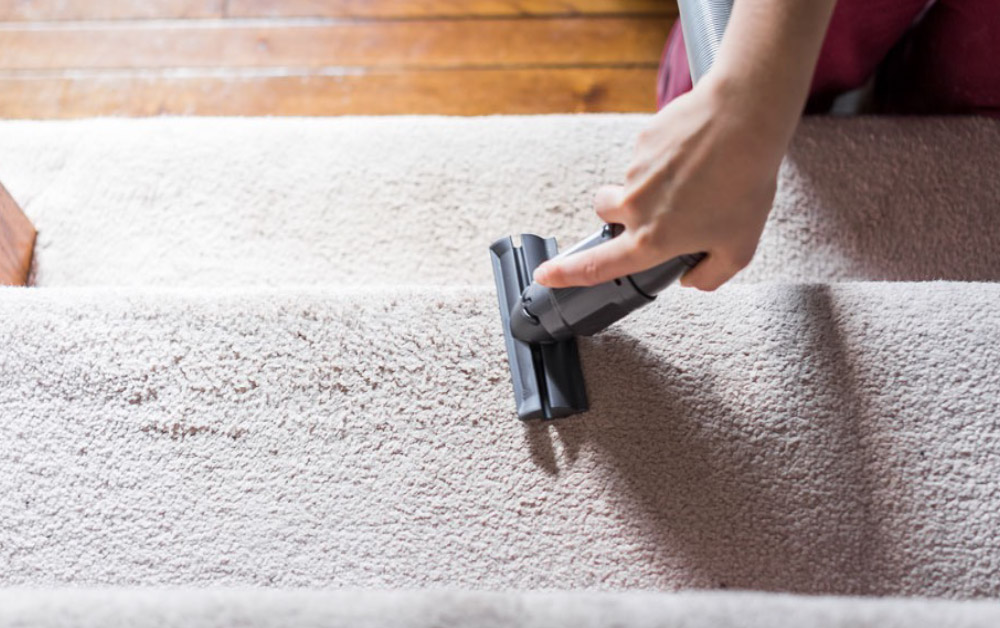
Go slow and use overlapping strokes to pick up as much debris as possible. A consistent vacuuming routine not only helps your floors look better, it also protects them from early wear and tear caused by ground-in grit.
Accidents happen no matter how careful you are. The best way to avoid a permanent mark is to deal with spills right away, before they soak in.
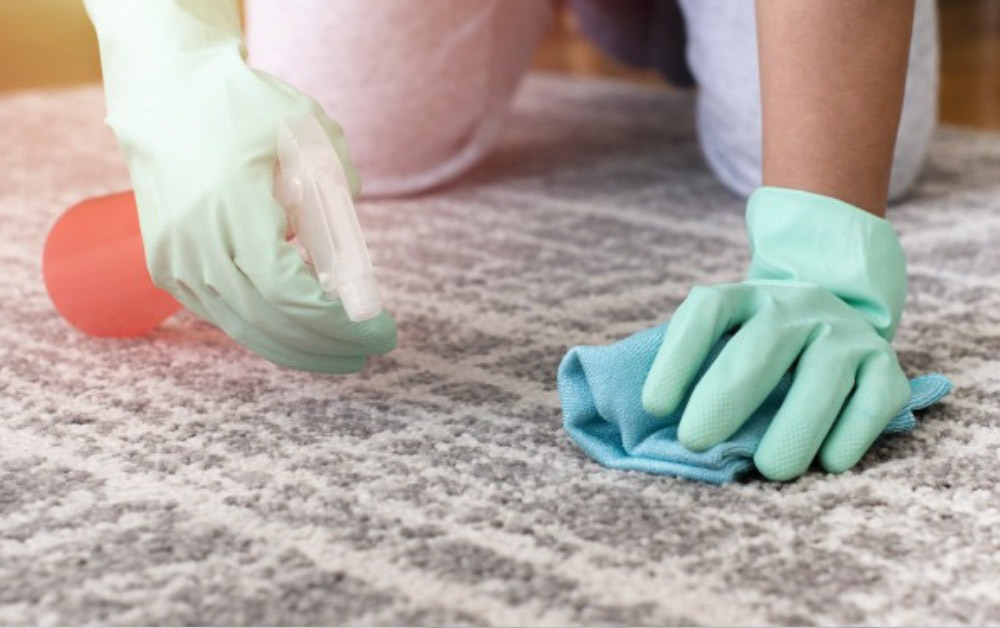
Start by gently blotting the spot with a clean cloth or paper towel. Don’t rub it, pressing or scrubbing can push the mess deeper.
Before using any cleaner, test it on a small hidden spot to make sure it won’t discolor your carpet. And remember, not all messes are the same.Once the spot’s treated, rinse it with clean water and blot again to remove any leftover residue. This keeps the area from picking up more dirt later. A quick response makes a huge difference and can save you from a lasting stain.
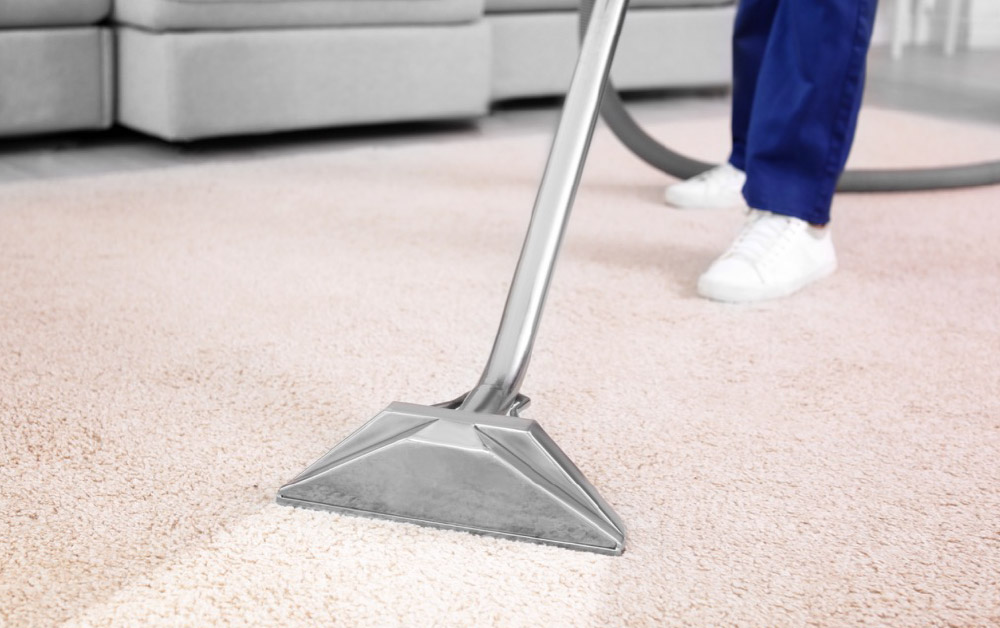
Vacuuming and quick cleanups are great for everyday messes, but every now and then, your carpet needs a deeper refresh. Over time, dirt, dust, and allergens settle into the fibers and stuff your vacuum can’t fully reach.
A deep clean helps lift out all that buildup and brings your carpet back to life. For most homes, doing this once every 12 to 18 months is enough. But if you’ve got pets, kids, or allergies in the mix, doing it more often can really help.
One of the most effective ways to deep clean is steam cleaning (also called hot water extraction). It works by pushing hot water and cleaner into the fibers, then pulling out the loosened grime.
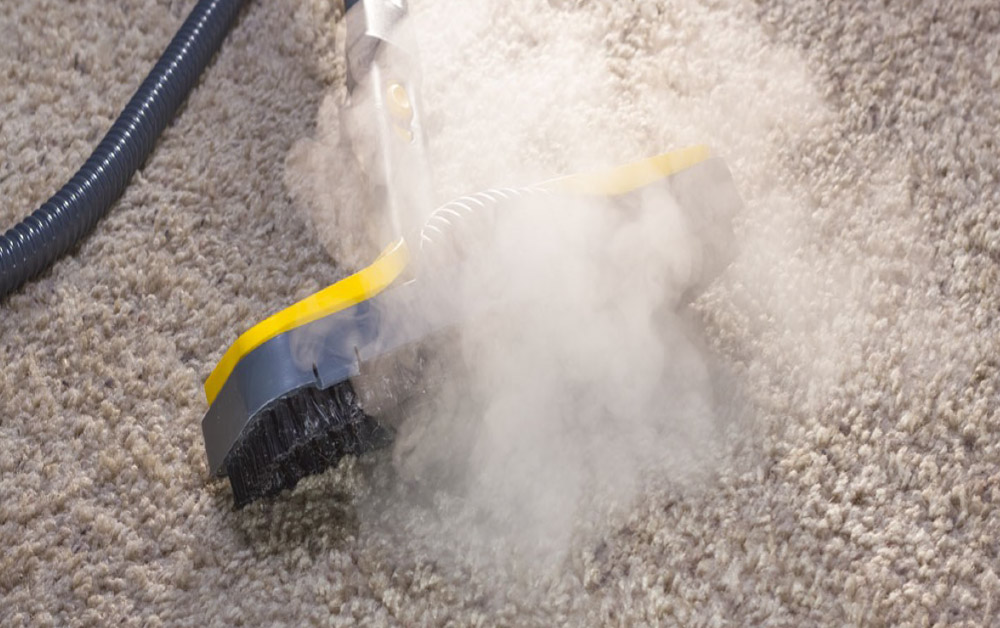
You can rent a machine or call in the pros but either way, make sure the carpet dries completely afterward. Damp floors can lead to mildew or musty smells if left too wet.
Periodic deep cleaning not only restores the appearance of your carpet but also contributes to a healthier indoor environment by removing accumulated allergens and bacteria.
While DIY methods can be effective for routine maintenance, professional carpet cleaning services offer a level of thoroughness that's difficult to achieve with rental equipment. Professional carpet cleaning involves specialized equipment and techniques that can extract more dirt and moisture, resulting in a more efficient and effective clean. Most carpet manufacturers recommend professional cleaning every 12-18 months to maintain warranty coverage.
These service providers have access to stronger cleaning products and equipment designed to tackle stubborn stains and deeply embedded dirt without damaging the carpet fibers, ensuring your carpet stays clean and fresh. They also have the expertise to identify the appropriate cleaning method for your specific carpet type, providing essential carpet cleaning tips to keep your carpet in optimal condition.
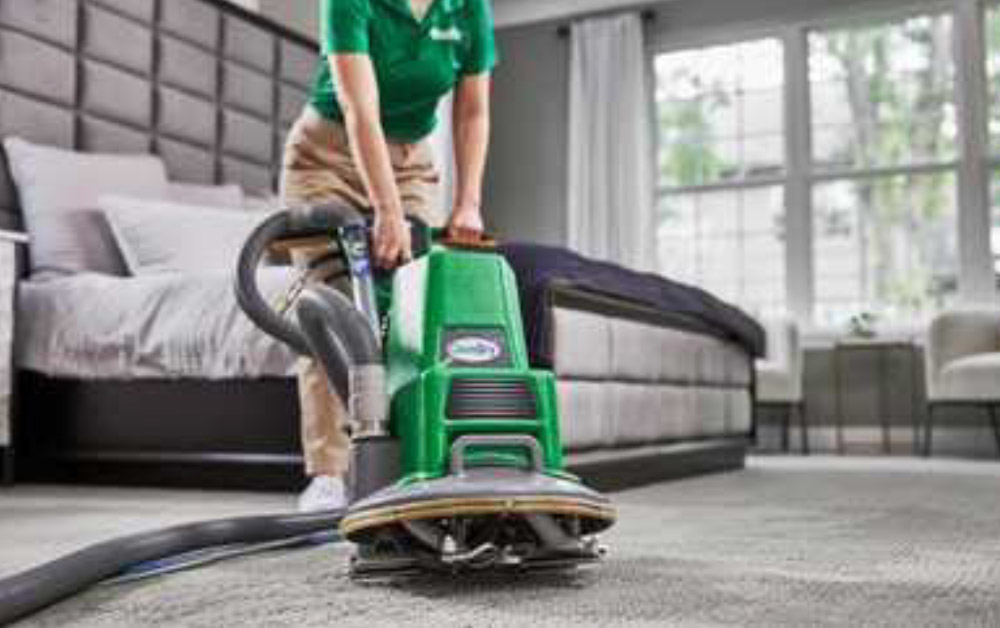
When selecting a professional carpet cleaner, look for certified technicians with positive reviews and clear pricing. The investment in professional cleaning services can significantly extend the longevity of your carpet, making it a cost-effective aspect of your overall carpet maintenance strategy.
Not sure where to start? Carpet Exchange can help connect you with trusted pros or guide you to the right products for your floors.
Some parts of your home get more foot traffic than others—like hallways, entryways, and the path everyone takes through the living room. These spots wear down faster and need a little extra care to keep them looking good.
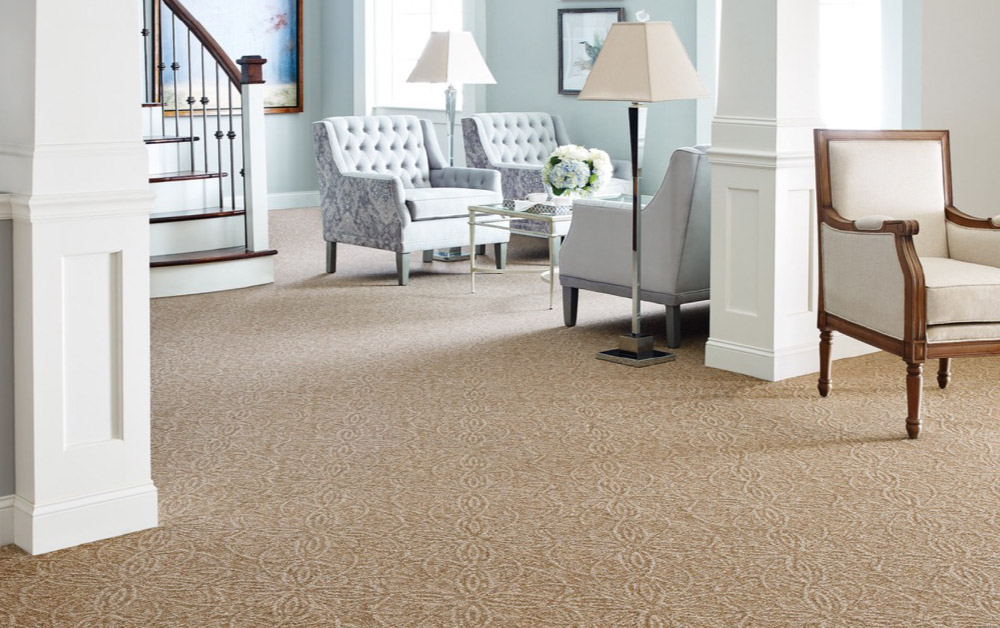
You can also move your furniture around every so often. It helps spread out the traffic and avoids worn-down paths in the same places.
Another simple trick? Leave shoes at the door. Less dirt coming in means less work for you later.
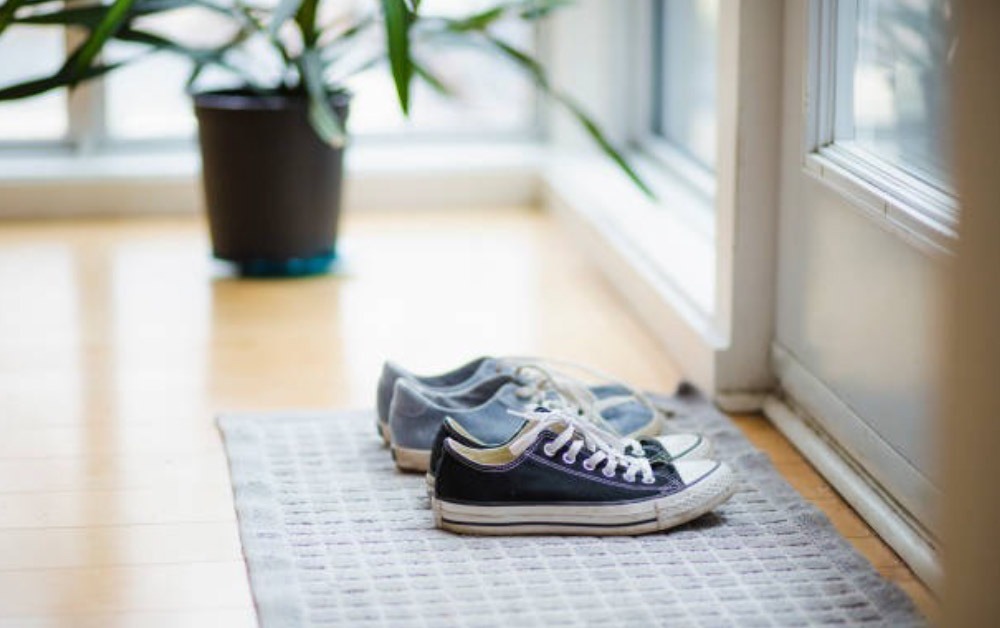
Regular maintenance focused on these zones, including more frequent vacuuming and spot treatment, will help maintain consistency in your carpet's appearance throughout your home, keeping it looking its best for longer periods between professional cleanings.

The market is flooded with carpet cleaning products, but not all are suitable for every carpet type or stain situation, so it's important to follow carpet cleaning tips specific to your needs.
Using the wrong products risks damaging the carpet fibers or leaving residues that attract more dirt. Before buying anything, check what your carpet manufacturer recommends. It’s always best to use products made for your specific type of carpet and the kind of stain you’re dealing with.
We actually don’t recommend using cleaning solutions — just good ol’ water with a tiny bit of dish soap. Used the right way, choosing the right carpet cleaning product can keep it clean without ruining its look or feel.
Heavy furniture can create permanent indentations in your carpet, especially when left in the same position for extended periods. These impressions not only affect the appearance of your carpet but can also damage the carpet fibers and backing over time.

Here are a few easy ways to avoid that:
Regular rotation of furniture placement can prevent excessive compression in any one area of the carpet, helping maintain a more uniform appearance throughout your space, a useful tip to keep your carpet in good shape.

Different seasons bring unique challenges for carpet maintenance. During winter months, salt, snow, and mud can be tracked onto the carpet, while summer may bring in more sand, pollen, and outdoor debris, so here are some carpet cleaning tips to keep your carpet looking great. Adjusting your seasonal carpet care can help address these specific challenges and keep your carpet looking its best year-round.
In winter, place absorbent mats at entryways to catch moisture and debris before they reach your carpet. During high humidity seasons, pay attention to drying times after cleaning to prevent mildew. Spring cleaning should include a thorough deep cleaning carpet to remove winter's accumulated grime, following essential carpet cleaning and maintenance practices.
By adapting your carpet maintenance approach to seasonal conditions, you can prevent many common carpet issues and ensure consistent care throughout the year, maintaining the appearance of your carpet regardless of external conditions.
Beyond regular cleaning routines, several preventative measures can significantly extend the life of your carpet.

These simple preventative steps, combined with your regular carpet maintenance routine, can dramatically increase the longevity of your carpet and keep it looking like new for years to come.
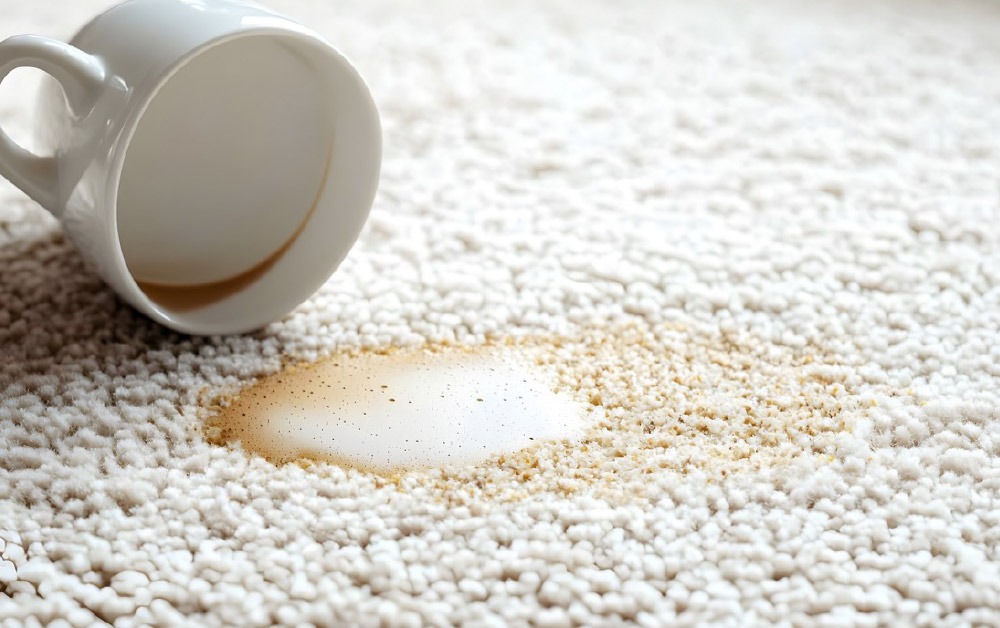
Even with the best intentions, many homeowners make mistakes that can inadvertently damage their carpets.
One of the most common errors is rubbing stains vigorously, which can damage carpet fibers and spread the stain further. Instead, always blot stains gently from the outside in to keep your carpet clean and fresh. Another mistake is using too much cleaning solution, which can leave residue that attracts more dirt.
Skipping the pre-cleaning vacuum before a deep clean is also problematic, as it allows loose dirt to turn to mud when wet. Additionally, many people make the error of not allowing carpets to dry completely after cleaning, which can lead to mold or mildew development.
Avoiding these common carpet cleaning mistakes helps you get better results and keeps your carpet looking good longer—without causing damage in the process.
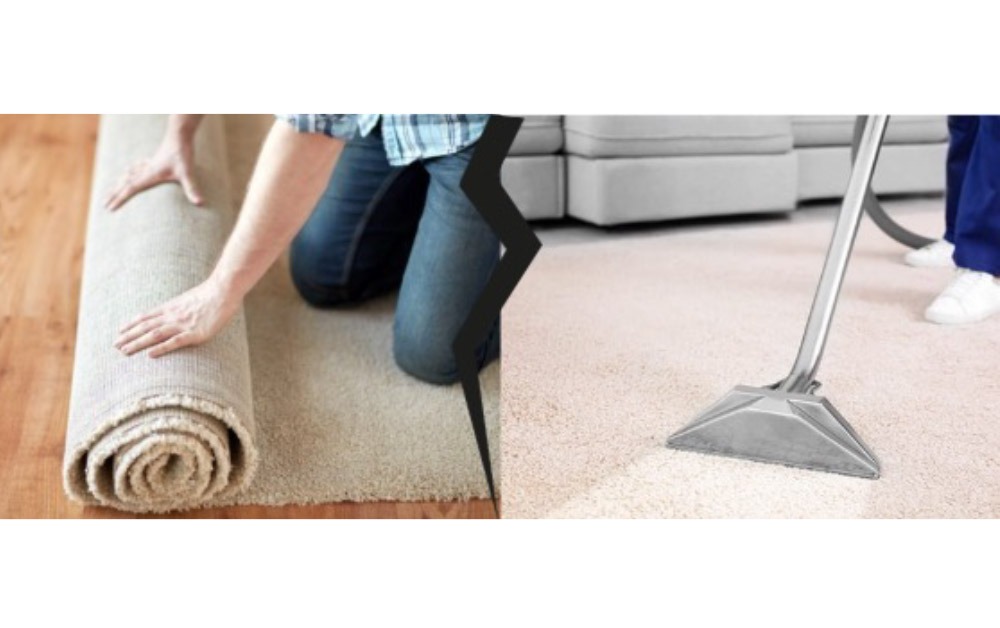
Rugs and wall-to-wall carpet might seem similar, but they don’t always need the same kind of care.
Area rugs, especially ones that are handmade, antique, or high-end can be more delicate. They might need to be taken outside to air out, spot treated gently, or sent to a pro who specializes in rug cleaning.
Wall-to-wall carpet, on the other hand, has to be cleaned where it’s installed. It usually needs different tools, techniques, and less moisture to avoid damaging the backing or padding underneath.
Knowing how each type should be treated helps you take better care of all the floors in your home, keeping both your carpet and rugs looking great without risking damage.
Maintaining a beautiful carpet requires consistent care and attention, but the results are well worth the effort. By implementing a regular maintenance routine that includes frequent vacuuming, prompt spot cleaning, and periodic deep cleaning, you can significantly extend the longevity of your carpet while keeping it looking like new.

Keep in mind that prevention is always easier than remediation—protecting your carpet from damage and excessive soiling will save you time and money in the long run while preserving the comfort and aesthetic appeal that quality carpeting brings to your home.